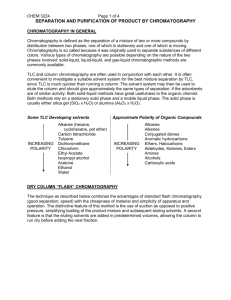
To be sure, the Navy asked a team from Johns Hopkins University to review the data, and they agreed: “the air provided by Navy onboard oxygen generating systems, which we abbreviate OBOGS, is and was extremely clean,” Luchtman said.Īnother early theory was that aircrews weren’t getting enough oxygen, leading to hypoxia. An NHT allows for safer hypoxia training for pilots and aircrewman while providing a more realistic experience on Jan. Sailors assigned to Aviation Survival Training Command, Norfolk operate a normobaric hypoxia trainer (NHT). In 2017, physiological events skyrocketed – with T-45s reaching their highest PE rates in March and F-18s in November. That combination of a physiological episode related to an aircraft malfunction was dubbed a “physiological event” – Luchtman noted and apologized for the confusion between the names of physiological episodes and the subcategory of physiological events. Though physiological episodes have long existed, Luchtman said – with symptoms ranging from headaches to tingly fingers to dizziness to loss of consciousness – around 2010 the naval aviation community started to see a rise in PEs believed to be related to aircraft malfunctions. Luchtman said it’s not as simple as the systems that control these two factors not working rather, breathing concentrated oxygen in a small cockpit with restrictive flight gear is hard on the body, and something as simple as a mask not fitting quite right could lead to PE symptoms. Physiological events fall in two main categories: those related to oxygen in the air, and those related to air pressure.

“The bad news is that there’s no single causal factor that leads to physiological events,” Luchtman told reporters today, though he noted that a string of pilot programs and early mitigation efforts to tackle contributing factors have already “resulted in a 96-percent decrease in the PE rate in the T-45 fleet, and a 74-percent reduction in the PE rate in the F-18 fleet” since 2017. Despite early theories, the PEs weren’t caused by contaminated air, a lack of oxygen or systems not designed well enough to keep humans safe in harsh environments. Ultimately, the teams found that there was no simple fix.
#Truman chemlab how to#
The teams spent three years and $50 million on this work, drafting more than 8,000 pages of technical documentation and proposing combined 567 recommendations for how to keep pilots and weapons officers safer in the cockpit in the future. Fredrick Luchtman, the commander of the Naval Safety Center and the lead of the Physiological Episodes Action Team (PEAT), told reporters today that two root cause corrective action (RCCA) teams – one looking at the T-45 Goshawk trainer jet and one looking at the F-18 family of fighters – had completed their work in December and briefed naval aviation leaders in February on their findings. The Navy now understands what has been causing physiological events in aviators – which spiked so sharply in 2017 that flight instructors refused to get into their jets to train new student pilots – with a recently completed root cause analysis pointing to a complex relationship between aircrew, their flight gear and their aircraft. Joshua Chester, a Navy pilot from Lorton, Virginia, poses in front of an F/A-18E Super Hornet, assigned to the “Sunliners” of Strike Fighter Squadron (VFA) 81 on the flight deck of the Nimitz-class aircraft carrier USS Harry S.


 0 kommentar(er)
0 kommentar(er)
